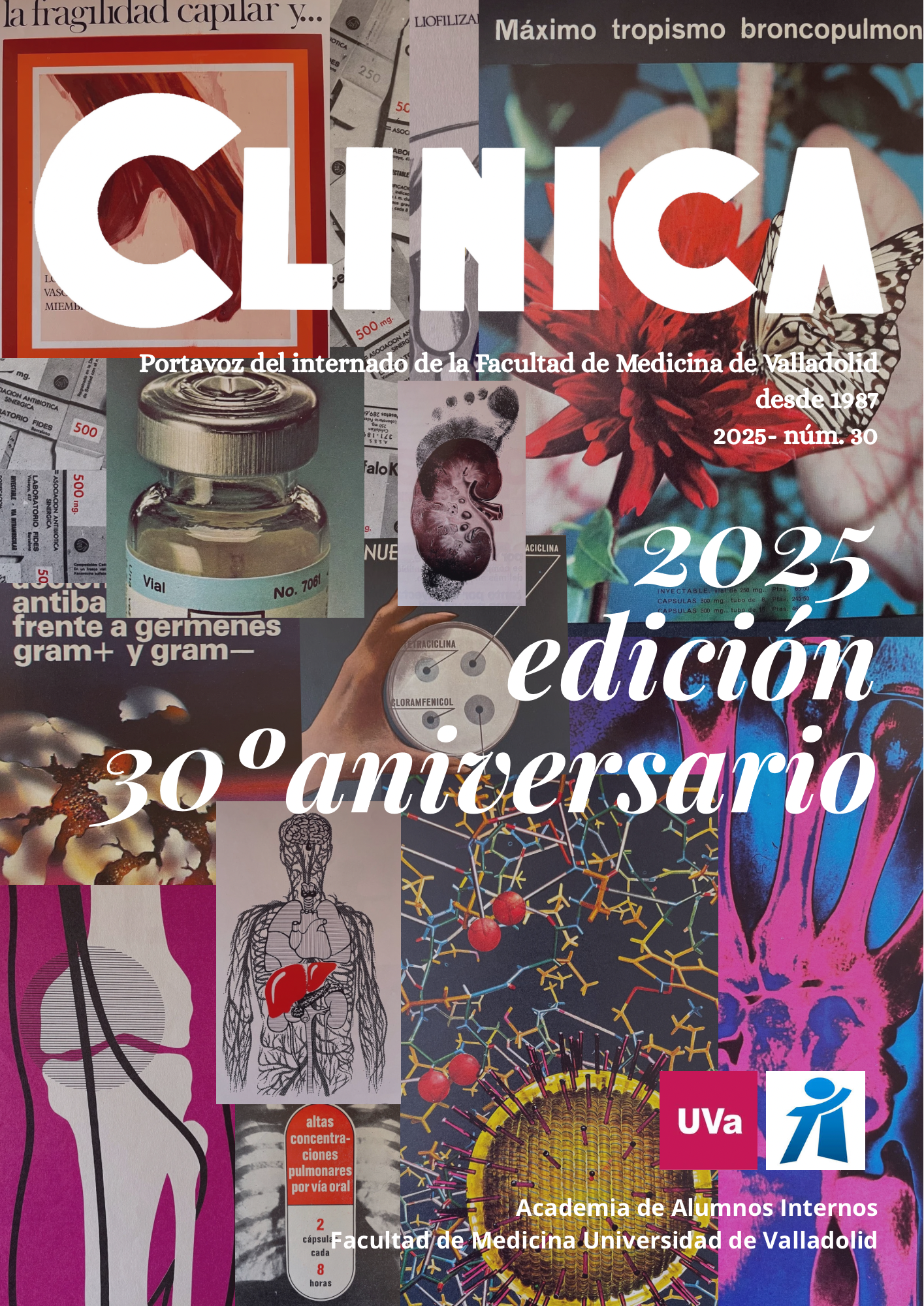Hypogranular variant of acute promyelocytic leukemia
DOI:
https://doi.org/10.24197/xf7zxb10Keywords:
promyelocytic leukemia, PML::RARAAbstract
Acute promyelocytic leukemia (APL) in children accounts for 5–10% of AML cases and is associated with the t(15;17) translocation and PML::RARA fusion gene.
Although considered cytogenetically favorable, it carries a high rate of early mortality due to severe hemorrhagic events.
These hemorrhages, particularly intracranial or pulmonary, are the leading cause of early death.
Diagnosis relies on cytomorphology and confirmation of PML-RARA, found in 95% of cases.
Bone marrow typically shows hypogranular and agranular blasts with irregular, monocytoid nuclei and occasional Auer rods.
Standard treatment combines all-trans retinoic acid (ATRA) and arsenic trioxide (ATO).
This regimen achieves over 85% overall survival at 5 years with relapse rates below 5%.
However, early death rates from coagulopathy have not significantly improved.
Early identification and treatment are crucial to reduce life-threatening complications.
APL remains a hematologic emergency requiring immediate intervention.
Downloads
References
Cingam SR, Koshy NV. Acute Promyelocytic Leukemia. [Updated 2023 Jun 26]. In: StatPearls [Internet]. Treasure Island (FL): StatPearls Publishing; 2024 Jan-. Available from: https://www.ncbi.nlm.nih.gov/books/NBK459352/
Taga, T.; Tomizawa, D.; Takahashi, H.; Adachi, S. Acute myeloid leukemia in children: Current status and future directions. Pediatr. Int. 2016, 58, 71–80. [CrossRef] [PubMed].
Zhao J, Liang JW, Xue HL, Shen SH, Chen J, Tang YJ, Yu LS, Liang HH, Gu LJ, Tang JY, Li BS. The genetics and clinical characteristics of children morphologically diagnosed as acute promyelocytic leukemia. Leukemia. 2019 Jun;33(6):1387-1399. doi: 10.1038/s41375-018-0338-z. Epub 2018 Dec 21. PMID: 30575821.
Downloads
Published
Issue
Section
License
Copyright (c) 2025 Alejandro Llopis Giménez, Sandra Bodas del Viejo, Monique Bourgeois

This work is licensed under a Creative Commons Attribution 4.0 International License.
The articles published at Clínica will have a Creative Commons Attribution 4.0 International License (CC BY 4.0).
The journal allows the authors to retain publishing rights. Authors may reprint their articles in other media without having to request authorization, provided they indicate that the article was originally published in Clínica.


